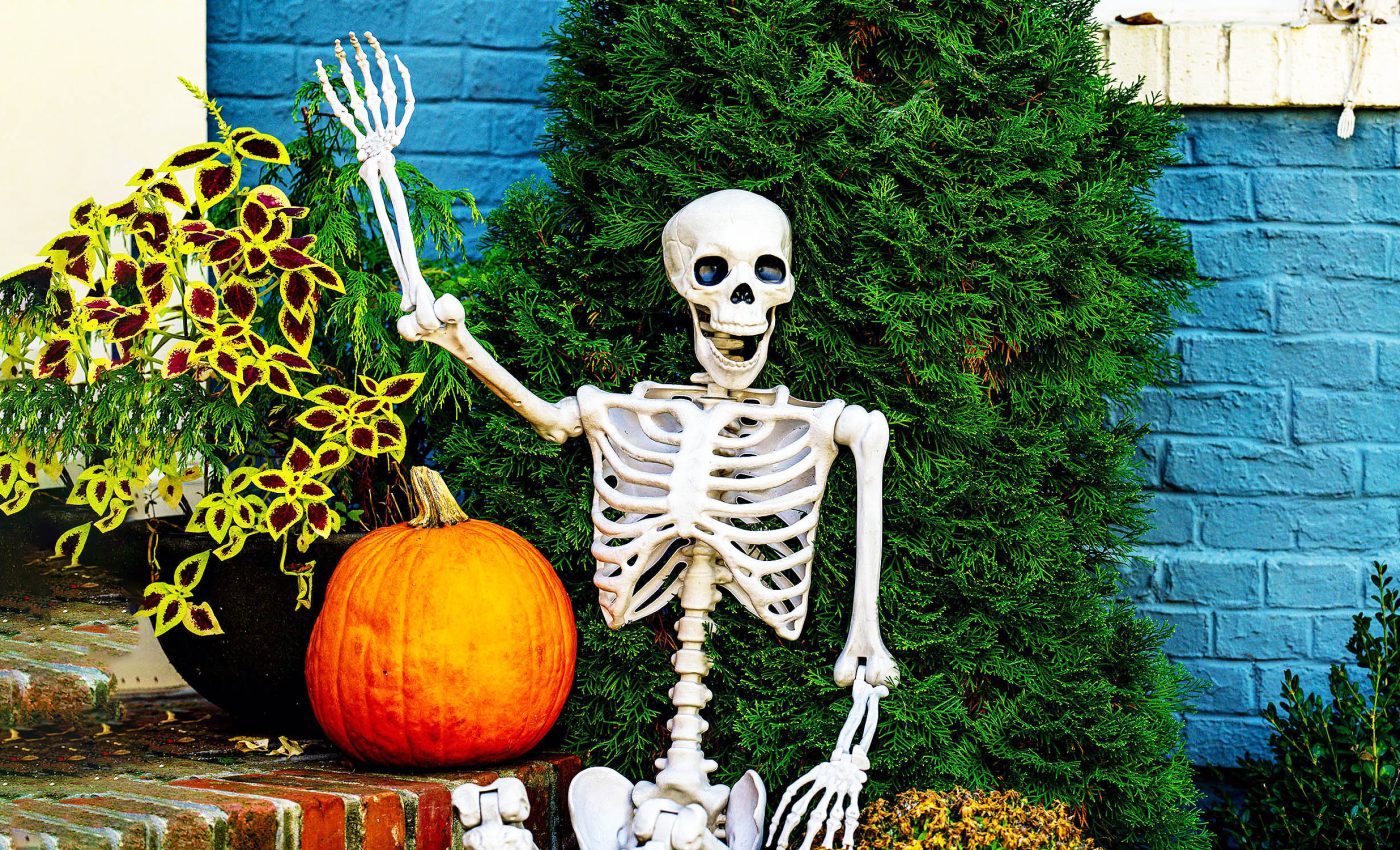
Fear of death is the key driver of early Halloween shopping
As much a tradition as the sight of costumed trick-or-treaters and lawns decorated with makeshift graveyards, the early appearance of Halloween candy and decorations in stores has become a familiar scene.
Even before summer fully fades, grocery aisles are lined with candy corn and jumbo bags of Snickers, prompting many to lament the rush to end one season and usher in another.
Psychological trigger for early Halloween shopping
But what drives this seasonal shift? While the obvious answer might be profit — eye-catching displays increase consumer interest, and extending the holiday season boosts sales — there’s another, more psychological reason at play.
Daniele Mathras, an associate professor of marketing at Northeastern University, has suggested that as the days shorten and the calendar edges closer to Halloween, we begin to think more about our own mortality. This awareness, known as “mortality salience,” can actually make us more inclined to shop.
“The theory is that we buy more as a compensatory mechanism for the fear of dying,” Mathras explained. “The changing of the seasons and end of summer is one of those time periods where mortality is salient, so retailers may benefit by reminding us fall is here early.”
Capitalizing on fear
In recent years, retailers have increasingly capitalized on this psychological trigger. Since 2020, when the COVID-19 pandemic disrupted trick-or-treating, retailers have extended the candy shopping season, with Halloween displays appearing as early as the second week of August.
This year, Disney World in Orlando kicked off its “Mickey’s Not So Scary Halloween Party” on August 9th, and Starbucks launched its iconic Pumpkin Spice Latte on August 22nd, three days earlier than last year. These early launches reflect a broader trend of leveraging mortality salience to drive consumer behavior.
The concept of mortality salience influencing consumer behavior has been extensively studied in academia. In 2021, the National Institutes of Health funded research examining how the fear of mortality during the COVID-19 pandemic impacted buying habits.
Previous studies have shown that when people are reminded of their mortality, they sometimes cope by making conspicuous purchases.
Mortality salience and personality types
Alexander DePaoli, an associate teaching professor in marketing at Northeastern, noted that this dynamic affects different personality types in distinct ways, which can be particularly evident during Halloween.
DePaoli, who has studied indulgent purchases and mortality salience, explained that contemplating death can prompt people to buy items that reinforce their self-perception.
“Essentially, if you identify as a ‘fun person’ – if it’s an important source of your self-esteem to be a fun person – mortality salience makes you more likely to buy indulgent things, like chocolate,” DePaoli said.
“If that’s not the case, then your focus is actually drawn to more functional products instead. Mortality salience leads you to be like, OK, I need to use my time and money more wisely.”
In other words, those who see themselves as fun-loving may be more prone to picking up Halloween candy in late summer.
Cultural aesthetics of Halloween shopping
However, DePaoli also emphasizes that there are many other, more tangible reasons for the early arrival of Halloween merchandise.
Retailers have established seasonal sections in their stores, and holidays with strong visual themes — like Christmas, Halloween, and Easter — naturally occupy these spaces for longer periods.
“The cultural aesthetics that have been built up around Christmas and holiday shopping are very recognizable, very attention-grabbing,” DePaoli explained.
“Same thing with Halloween. If it can grab attention, then in theory it will help you move some units and generate some hype.”
Prolonged holiday product sales
Moreover, prolonged exposure to seasonal products increases the likelihood of purchase. The more often shoppers pass by 12-foot skeletons at Home Depot, the more tempted they might be to buy one.
“It gives you a long runway to buy things,” DePaoli said. “The first time you see the giant skeleton you might think ‘Oh, that’s ridiculous, that’s a joke.’ The second or third time it’s ‘Oh, I could see myself being the sort of person who gets that. Will it fit on my front porch?’”
So, while we may roll our eyes at the sight of Christmas songs playing on November 1st, Valentine’s Day cards appearing in January, or Reese’s peanut butter pumpkins hitting shelves before Labor Day, these early product launches do have a purpose: they drive sales. “It does move product,” DePaoli concluded.
—–
Like what you read? Subscribe to our newsletter for engaging articles, exclusive content, and the latest updates.
Check us out on EarthSnap, a free app brought to you by Eric Ralls and Earth.com.
—–












